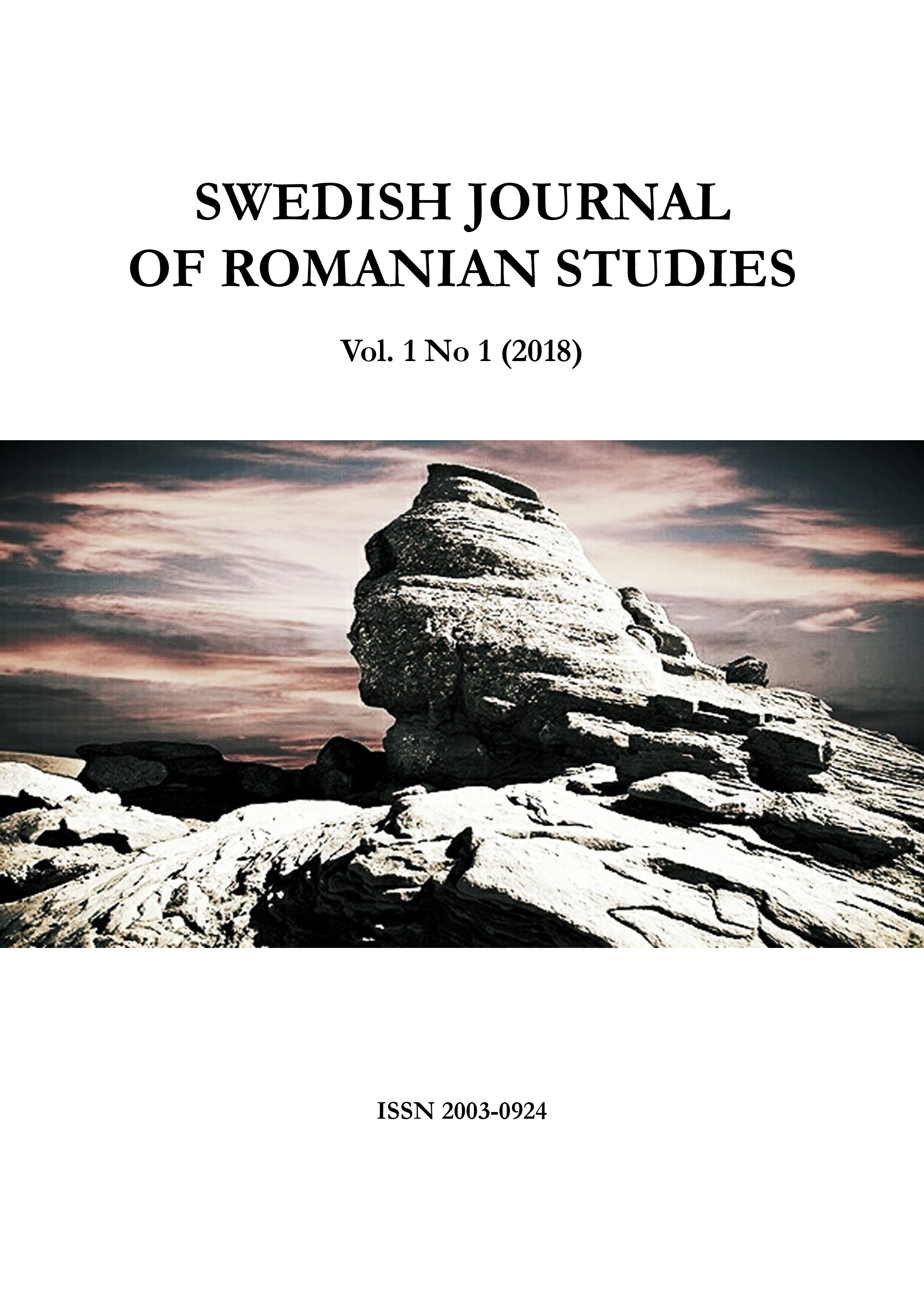Gaps, silences and witnesses: the quest for identity in Henriette Yvonne Stahl’s "My Brother, the Man"
Gaps, silences and witnesses: the quest for identity in Henriette Yvonne Stahl’s "My Brother, the Man"
Author(s): Dana RadlerSubject(s): Novel, Romanian Literature, Theory of Literature
Published by: Språk- och litteraturcentrum, Lunds Universitet
Keywords: Henriette Yvonne Stahl; identity; womanhood; trauma, love;death;
Summary/Abstract: Evident from her first book Voica (1924), and up to her last novel Le Témoin de l’Eternité printed first in France in 1975 and translated into Romanian in 1995, Henriette Yvonne Stahl becomes from a promising writer a unique voice in the inter-war and post-war literary scene in Romania.Starting from Rimbaud’s illuminating pensée “Love has to be reinvented” (Felman 2007: 213), this paper aims to explore the identity of protagonists in My Brother, the Man (Fratele meu omul, first published in1965), drawing on identity and trauma theory as developed by Penny Brown (1992), Cathy Caruth (1995; 1996), Shoshana Feldman (2007) and Dori Laub (1992; 1995). In addition, the mixture of memory and narrative analyses types of ‘talk fiction’ (Kakandes 2005), the shift of focus from the subject of remembrance to the mode in which it takes place (Whitehead 2009), and how narratives impact readers (Piątek 2014).Both male and female characters in My Brother, The Man have clear dominant traits, so that their actions and inner voices are marked by abrupt shifts, meant to stimulate a noticeable response from those they love or dislike. Are the main characters engulfed in a dense life texture able to explore their personal dilemmas, difficult choices and detach themselves from the flux of their own passions and desires? Or are they going to fall victim to their own inability to understand life’s meaning, paralleled by a lack of vision and humanity as manifested by other characters? How do they act and react to the actions and emotions they experience? The present paper examines how memories, dilemmas and changes nuance a story moving from a classically-structured narrative to crime fiction, embedding numerous interior monologues and deep psychological impasses, the result being a female novel of self-development.
Journal: Swedish Journal of Romanian Studies
- Issue Year: 1/2018
- Issue No: 1
- Page Range: 28-46
- Page Count: 19
- Language: English

